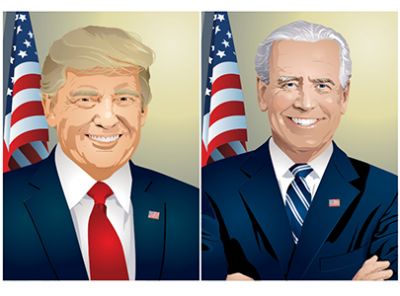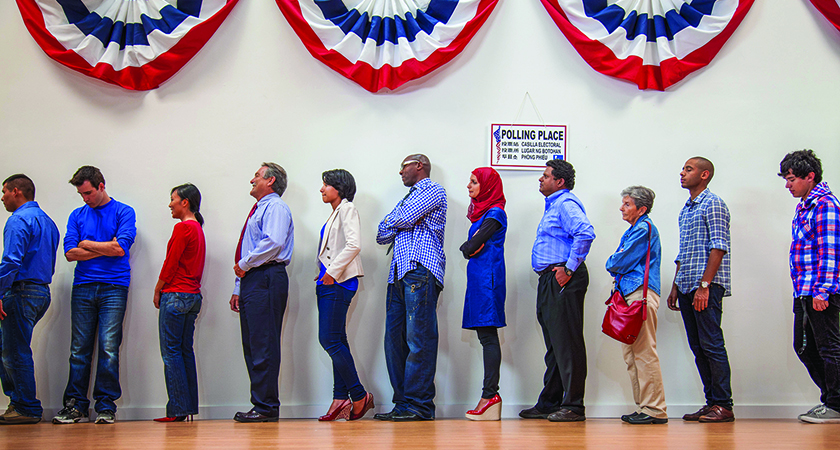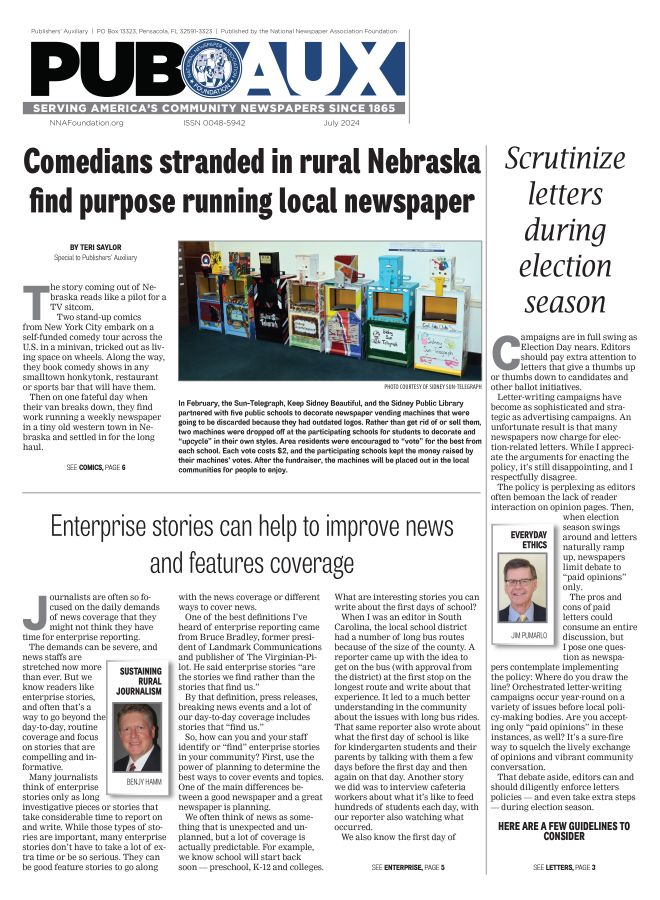Don’t close books just yet on 2020 elections
Jim Pumarlo
Dec 1, 2020


Mention election coverage in the aftermath of this year’s tumultuous presidential contest, and many newsrooms will likely turn a collective deaf ear. For most editors and reporters, the next cycle of elections is the farthest thing from their minds.
Not so fast.
This is the perfect time with fresh memories for editors and reporters to evaluate how they performed in 2020 and to identify steps for improved coverage in 2022.
Most importantly, examine coverage of local campaigns. Indeed, most readers were likely fixated these past months on the presidential matchup. In the end, however, community newspapers should remember they are the primary source of information for local races. That’s where you want coverage to shine.
To begin the postmortem, convene a brainstorming session to reflect on some of the fundamental elements of election coverage. Among them:
Coverage consistency: Review overall coverage from start to finish; select one race as a case study. Did all candidates receive equal treatment in their initial announcements? If candidates issued press releases, were their challengers given opportunity to respond and/or offer their perspective in the same story? How were events handled for each campaign?
Emphasize the local connection: Coverage of school board, county board or city council races is local by its very nature. But was the local perspective emphasized in statewide races? For example, did reporters quiz gubernatorial candidates on what their platforms meant for local constituents? Did you analyze the presidential contest for its impact on congressional and legislative races?
Provide forum for ideas: How did newspapers handle the predictable barrage of letters? Did deadlines allow opportunity for response, if candidates so wished? Did guidelines prevent last-minute attacks? If some letters were withheld, what were the criteria? Was the letters policy defensible and clear to readers?
Recommend candidates: Newspapers gather a great deal of information on candidates and issues, including some that is not available to all voters. Did editors take advantage of their “inside view” to study the candidates and make recommendations as to which individuals would best serve their communities? At minimum, did you identify the priority issues in races as voters went to the polls?
Analyze the election: Read the election edition again. Were readers given more than just “votes and quotes”? Did stories offer some analysis of where the candidates polled best and worst, as well as which issues resonated with voters? Did stories help readers make sense of the results?
Expand the discussion: Any examination of coverage should extend beyond the editors and reporters directly involved. Seek the opinions of others in the newspaper office; advertising representatives who deal directly with candidates are a good sounding board. For additional feedback, ask the candidates themselves through a formal questionnaire or an informal question-answer session. Finally, consider convening focus groups of readers to identify strengths and weaknesses in the reports. In the end, the most effective coverage is that which engages voters.
Many editors and reporters can rightfully take pride in their coverage for its thoroughness, focus on issues and reader-friendly presentation. But even the most comprehensive content is marginalized if readers don’t have ample opportunity to weigh in on candidates and issues through an exchange on the editorial page.
It’s unfortunate, but too many newspapers publish candidate profiles too close to the election. These stories are often the only comprehensive look at a race other than occasional reports of candidate debates. The need for early coverage is even more important today with the popularity of early and absentee voting.
The practice is just as troublesome on the editorial page. The idea of endorsing candidates, especially those in local elections, generates enough controversy without exacerbating the circumstances. Be sure to give readers and candidates alike the opportunity to respond.
A fruitful post-election discussion will be a springboard on two fronts.
No. 1: identify steps to ensure fair and thorough election coverage by reviewing the policies inherent in the various elements of election coverage. Have a plan to develop, implement and explain policies.
No. 2: focus on organization to guide the newsroom through the months-long election season. Identifying a list of action steps and a preliminary timetable now will reap dividends for reporters, candidates and readers alike.
Jim Pumarlo writes, speaks and provides training on community newsroom success strategies. He is author of “Journalism Primer: A Guide to Community News Coverage,” “Votes and Quotes: A Guide to Outstanding Election Coverage” and “Bad News and Good Judgment: A Guide to Reporting on Sensitive Issues in Small-Town Newspapers.” He can be reached at www.pumarlo.com and welcomes comments and questions at jim@pumarlo.com.










